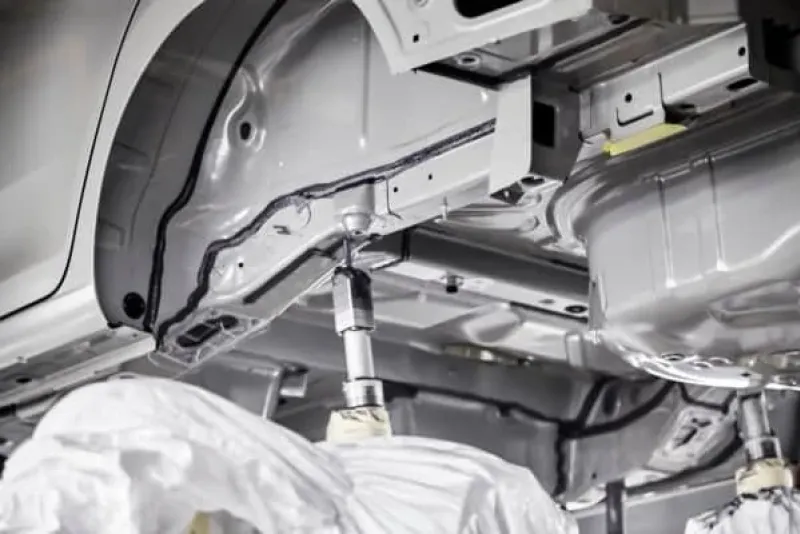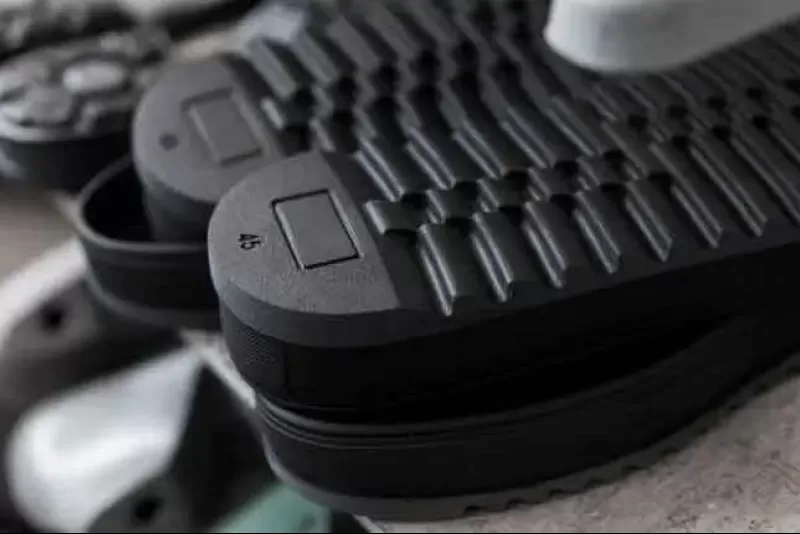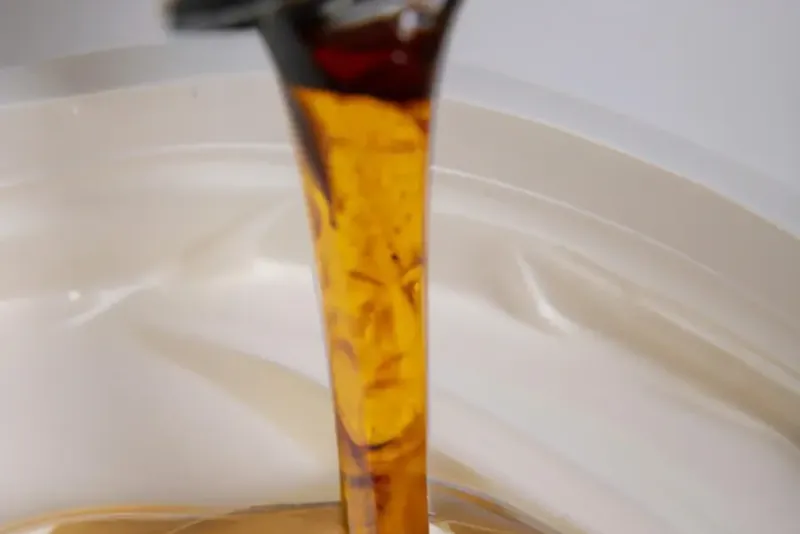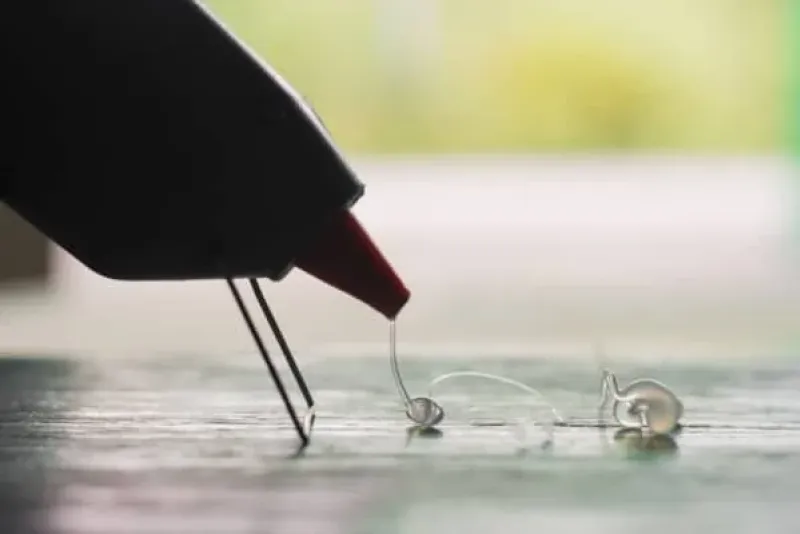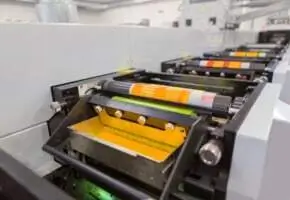Polyurethane adhesives and sealants
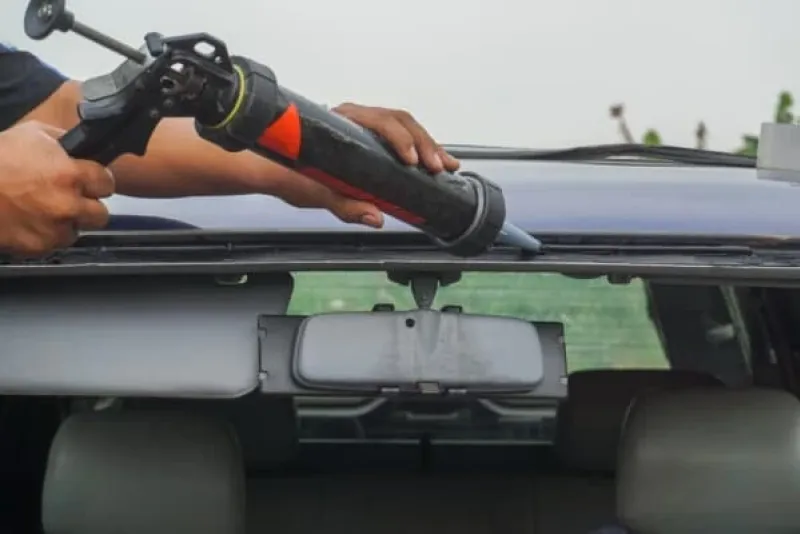
Polyurethane adhesives and sealants among the most used systems
Polyurethane (PUR) systems are among the most used adhesives, sealants and adhesive sealants due to their unique properties and the possibility to give them other characteristics through modification. The PUR systems are best known for the elasticity of seams and bonds they create. However, polyurethanes also exist as tougher rigid formulations which are more common as adhesives only.
One of the greatest reasons for the popularity of polyurethane adhesives and sealants is the fact that they adhere to almost any surface regardless its porosity. Polyurethane sealants and glues are also applicable in challenging environments and tricky locations.
Advantages of PUR adhesive and sealant systems
Polyurethane adhesives and sealants exist as single and multicomponent systems which can be elastic or rigid depending on the formulation. Note that the rigid systems are excellent PUR adhesive systems, whereas elastic systems are common polyurethane sealants and glues as well as PU adhesive sealant systems.
The benefits
- Curing in challenging environments: polyurethane adhesives and sealants are either heat or moisture curing. Ambient humidity can be very high as the system only cures faster in the presence of moisture. Generally the systems also cure even if the ambient temperature fluctuates or shifts towards extremes. This varies per product.
- Suitable for numerous materials: polyurethane bonds and seals porous and nonporous materials including metals, wood, concrete, most plastics, rubber, epoxy, leather, paper, glass and many more. PUR adhesives and sealants are also suitable for bonding dissimilar materials. Note that most polyurethanes do not adhere well to polypropylene, polyethylene, silicone or surfaces coated with fluoropolymers like Teflon.
- Waterproof: polyurethane sealants and glues are generally waterproof, however, the water resistance varies per formulation. Most systems resist water enough to cause no problems in exterior construction applications. Nonetheless, polyurethane adhesives and sealants are not recommended for full immersion underwater.
- Wide operating temperature range: as PUR adhesives are extremely weatherproof, they are also suitable for a wide range of operating temperatures. Polyurethane glue is a considerable option when the temperature is between -40°C and 100°C.
- Environmentally friendly: polyurethane offers sometimes a more eco-friendly alternative: for example timber lamination is possible with PUR adhesives instead of formaldehyde containing systems. PUR adhesives and sealants are generally solvent-free and have zero to very low VOC. Also food safe polyurethane sealants and adhesives exist.
- Stress absorption and vibration damping: especially the elastic polyurethane adhesives and sealants absorb stresses and damp vibration and noise. Therefore, they are common in vehicles, for example in transport vehicle glazing and cabins of agricultural machinery. Here also PU adhesive sealant systems are common.
- Paintability: to increase aesthetic appeal or protect seams and bonds from factors like UV radiation, PUR adhesives and sealants are paintable. Acrylic paints are the most suitable for the job.
Considerations regarding PUR adhesive and sealant systems
Even though polyurethanes have many benefits that often make them the preferred choice, they are not flawless. Some factors that must be considered when working with polyuretahne sealants and adhesives are as follows.
- Strength: polyurethane forms strong joints yet they are not comparable to those formed by epoxy adhesives and sealants. Especially when bonding metal to metal, epoxy is likely to deliver stronger results.
- Contains isocyanates: isocyanate groups are a crucial part of polyurethane formulation. However, they are toxic and require additional safety measures during processing. Nevertheless, once the polyurethane reaches its final strength, isocyanate is not a hazard.
- Short pot life/ skin formation time: working with polyurethane adhesives and sealants requires speed as the curing process starts quickly. When working with 2K polyurethane adhesives or sealants, the pot life must be kept in mind as the reaction starts as soon as the components are mixed. On the other hand, the skin formation of 1K products can also start fast.
- Long curing times: even though PUR adhesives and sealants exist as fast curing systems, there are also solutions that require up to 48 hours to reach final cure. However, these adhesives can also be beneficial, and they are suitable for example for the book binding industry. The advantages (moisture, cold and heat resistance, fast setting, low melting point etc.) are greater than the long time it takes to reach for final cure.
Types of polyurethane adhesives
The two most common adhesive types are epoxy and polyurethane. The latter is more flexible when it comes to modifying the bonding systems. Polyurethane adhesive exists as one and two component systems which can be either elastic or rigid depending on the composition. The single component polyurethanes are generally easier to work with as they do not require mixing prior to application. On the other hand, 2K polyurethane adhesive systems tend to be stronger and have more desired physical properties.
Single component moisture curing polyurethane adhesive
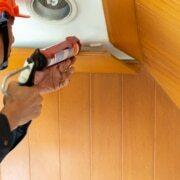
Moisture curing polyurethane adhesives are predominantly single component systems which require moisture in order to set. Prior to application, these adhesives are sticky, and they cure into a bond which remains elastic. Therefore, these polyurethane adhesive glue systems are often used for applications such as glazing and construction.
When working with moisture curing polyurethane adhesives, it is important to consider the skin formation time of the adhesive. As soon as the PUR adhesive comes into contact with the moisture in the air, a skin starts forming. The skin formation time is the time one has to work the glue.
Single component heat curing PUR adhesive
The other type of one component polyurethane glue cures when heat from external source is applied. This type of adhesive forms rigid bonds and is generally stronger than its moisture curing alternative. However, it is not as strong the 2K rigid PUR adhesive, which is why the 1K systems are often applicable in simple assembly applications.
Rigid heat curing polyurethane glues can be processed faster than moisture curing adhesives as the speed of curing process can be controlled with heat. With rigid adhesives, thick layers should be avoided as the curing starts from the outside. The thicker the layer, the greater the chance of incomplete cure in the inside.
2K polyurethane adhesive systems
Two component polyurethane adhesives can be either rigid or elastic depending on the chemical composition. The elastic 2K polyurethane glues are thermoplastics meaning that heating allows for reworking them. The rigid adhesives, for their part, are thermosets, which means that once cured, reworking is not possible.
Multicomponent polyurethane adhesive systems allow for easier modification than the single component alternatives. Therefore, they can have more physical properties and are suitable for use throughout industries in applications varying from printed wiring boards to vehicle glazing and interior trim. Contact us for more information on the possibilities with 2K polyurethane adhesive.
Tip: if you are looking for an adhesive with the characteristics of polyurethane but require faster curing, lighter weight and stronger bonds, you might want to take a look at alternative adhesive systems which have chemistry very close to the one in PUR adhesives.
About polyurethane sealants
Also, when it comes to sealants, polyurethane is the most common choice next to silicone. The two types of sealants are both flexible allowing for up to 50% movement and they keep water and air out. However, they also have differences: polyurethane sealant is organic and silicone is inorganic.
Due to their organic nature, polyurethane sealants tend to be less durable than silicone. They often have a life span of 5 to 10 years whereas silicone can reach the double. However, this can also be seen in the price: polyurethane sealant is usually about a half the price of silicone. If you are looking for a product that has the beneficial properties of both silicone and polyurethane sealants, take a look at silane modified polymer products.
Note that if you wish to replace a silicone seam with polyurethane sealant, or vice versa, make sure to remove all of the sealant before applying another one. If the sealant is not properly removed, the new sealant is likely to adhere poorly.
Looking for polyurethane sealants or adhesives?
As polyurethane glues and sealants can be modified rather easily, they are sometimes found in surprising applications. Therefore, in case you are looking for a suitable sealant or adhesive for your project or product, considering polyurethane might be worth your while. For more information on the possible applications, hit the button below and contact us. Our experts are determined to find the best bonding and sealing solutions for each application.
What solution are you looking for?
We are specialized in the about adhesives. Need the best products or advice? Then please leave your details and we will get in touch.
